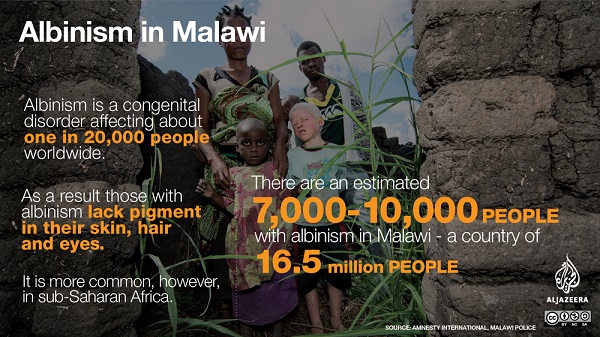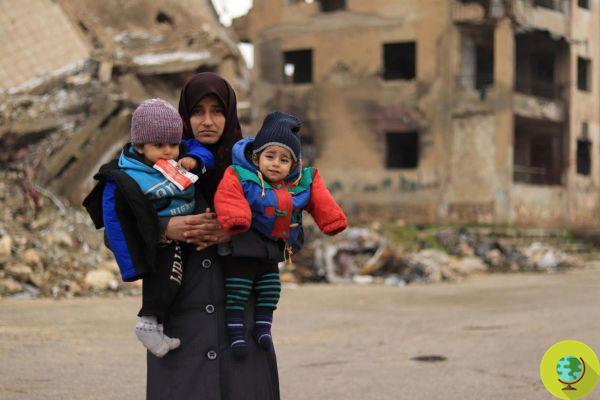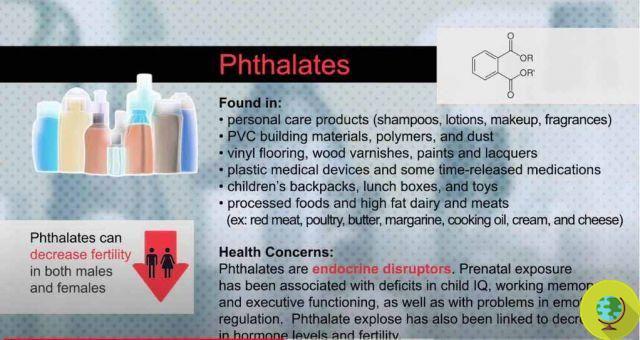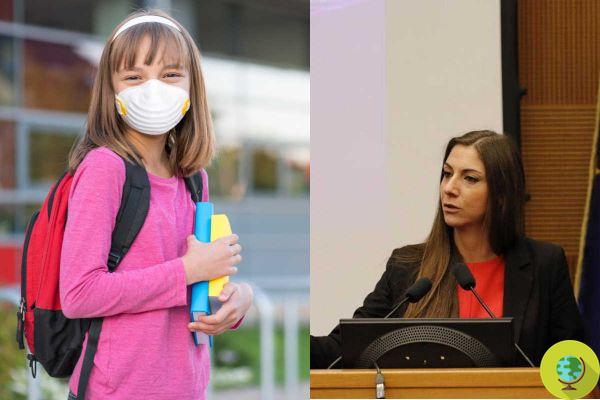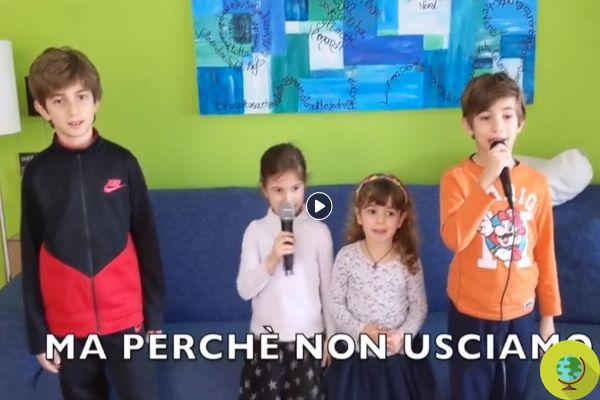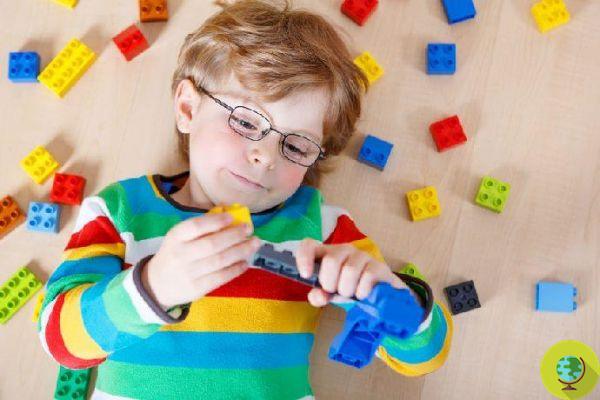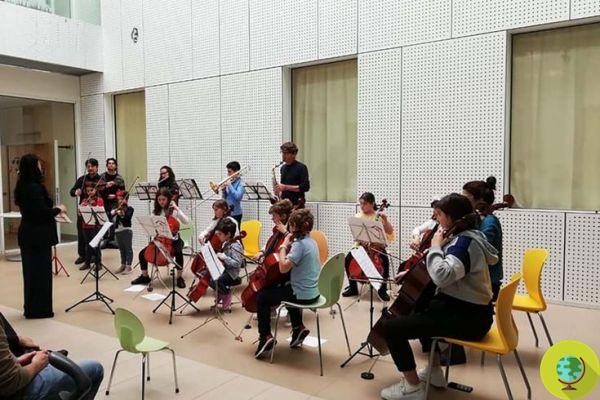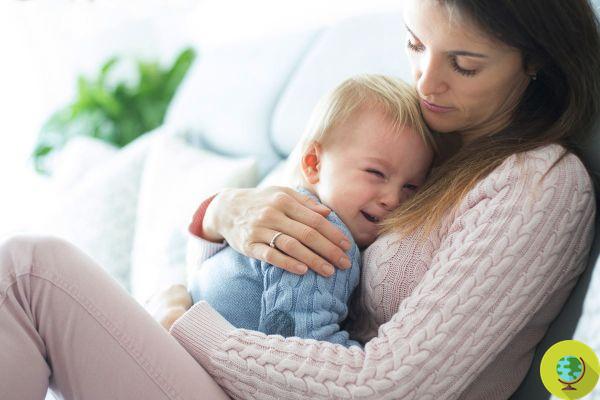
Sometimes a simple hug is enough to calm children who have tantrums or are assailed by furious crying. The so-called "containment embrace" is part of the Holding method. Let's find out what it is and when to use it.
Sometimes a simple hug is enough to calm children who have tantrums or are assailed by furious crying. The so-called "containing hug"Is part of the metodo Holding. Let's find out what it is and when to use it.
More or less frequently, our children experience difficult moments in which uncontrolled anger, tears or tantrums can be triggered. Sometimes the solution may be in a simple hug that is able to contain the emotions of the little ones.
We owe to the child psychiatrist Martha Welch, inspired by the work of the psychoanalyst Donald Winnicott, the development of the so-called Holding method, that is the system that is based on the emotional containment. According to Welch, with her system it is possible to manage conflicts of all kinds, tantrums, rivalries between siblings, etc. raising happy and loving children.
The purpose of the method is to develop a bond of trust and safety between children and adults, the latter are those who, of course, must establish limits and restrictions for the little ones, but they do so by placing themselves as a real "barrier" (in a positive sense) physics. This is why in the Holding method the so-called containment embrace is of fundamental importance.
What is the containment hug and when to use it
At the outset there is always a crisis of the child in front of which the parents or educators react in a completely personal way: with anger, attempt at conciliation, using rewards and punishments, etc. In these cases, when the little one cries, squirms, screams or has other uncontrolled emotional expressions, the Holding method proposes to intervene with a containing embrace that serves precisely to calm the emotional crisis.
The underlying theory holds that, just as the newborn needs the safe refuge in the mother's arms and enjoys physical contact, older children also benefit from the same situations.
Initially the child will not accept the containment but the adult must insist by continuing to hug gently and firmly until the little one slowly regains calm and balance. The initial tension, therefore, melts and the child will finally return the hug thanks to the fact that he has managed to placate his frustration or anger.
It is important that adults maintain serenity and patience for a few minutes (and this is probably the most difficult aspect of the technique), the time necessary for this type of hug to take effect. Previously, it is almost certain that the child will squirm, kick or try to bite and beat to free himself from the bond, the skill of the one who "contains" is precisely perseverance and determination. The adult must make sure to pass the message to the child that his emotions are welcomed for what they are, that in any case he will never be rejected for his behavior but rather that something is being put in place that can also comfort him. if firmly.
You should then look the child in the eye as much as possible and talk to him in a calm tone and with simple words trying to communicate to him, depending on the situations that triggered the crisis, that there is understanding and acceptance of his state of mind.
Do not be worried that this system may in some way be a stretch for the little ones, it is in fact a simple hug that does not create any kind of damage but rather expresses all the love and good intentions of those who take care of the children.
Generally the system works with everyone, but if after a few minutes and trying several times you do not get results, it may also be that for that specific situation or for that child it is better to experiment with other methods of anger management.
Initially the method was applied to contain children who fell within the autism spectrum disorders, often subject to emotional fluctuations. But Welch noted that everyone else could also benefit from this method to be contained during their moments of anger.
We just have to experience, even in difficult situations, the power of a hug!
Other tips for containing anger and managing your children's whims can be found in the following articles:
- 20 Montessori tips to prevent anger and manage tantrums
- The train analogy that will change the way you watch your baby cry
- Basket of anger: what it is, what it is for and how to make it together with children (PHOTO)







